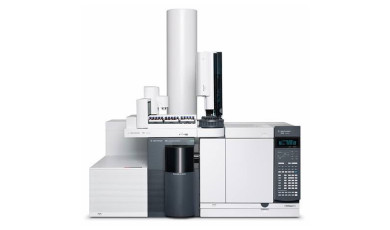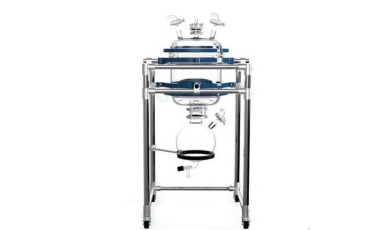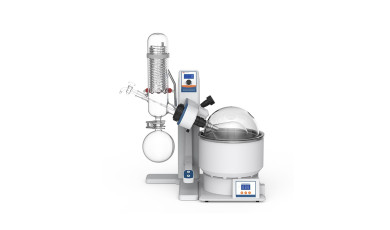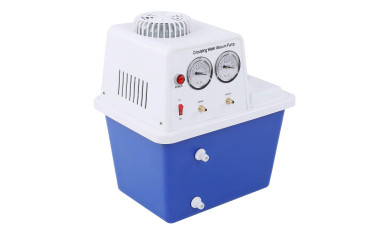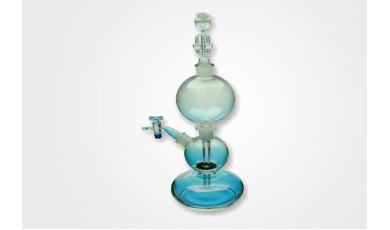laboratory Equipment
Laboratory Equipment for Research and Analysis
When a postdoc discovers their centrifuge rotor is wobbling at 15,000 x g during a critical protein purification run, the entire week's work hangs in balance. Modern research facilities require instrumentation that performs consistently whether you're running your first sample or your ten-thousandth, from pharmaceutical development labs validating drug formulations to environmental testing facilities analyzing water contaminants.
Precision Laboratory Equipment for Reproducible Research Outcomes
Equipment selection starts with understanding your analytical workflow. A spectrophotometer measuring enzyme kinetics needs different specifications than one screening compound libraries. UV-Vis systems operating across 190-1100 nm wavelengths deliver optical resolution to 0.1 nm, paired with Laboratory glassware including standard 1 cm pathlength cuvettes. Temperature-controlled models maintain ±0.5°C stability when kinetic measurements demand thermal precision.
Analytical balances with 0.01 mg readability stabilize within 3 seconds, critical when preparing standard solutions from Chemicals requiring exact stoichiometry. Calibration weights traceable to NIST standards ensure measurements meet ISO 17025 requirements. One quality control lab reduced their reagent preparation errors by 40% after upgrading from 0.1 mg to 0.01 mg readability.
Instrumentation for Diverse Analytical Methods
- Centrifuges: Forces up to 30,000 x g separate cellular components, with rotor compatibility determining whether you're processing microtubes or large-volume bottles from your Bottles, jars and packaging inventory
- pH meters: Resolution to 0.001 pH units with automatic temperature compensation, calibrated against buffer standards stored in sealed containers
- Thermal cyclers: Temperature uniformity across 96-well blocks with 3°C/second ramp rates for PCR, qPCR, and gradient optimization protocols
- Micropipettes: Volume ranges from 0.1 µL to 10 mL with accuracy specifications of ±0.6% to ±3%, requiring annual calibration and tip compatibility verification
Quality Standards and Performance Validation
Rotary evaporators handling solvent removal operate under vacuum from 10-760 mmHg, accepting Flasks from 50 mL to 20 L capacity. Round-bottom borosilicate glass flasks withstand thermal stress during distillation, while receiving flasks collect condensate for disposal or recycling. Organic chemistry labs processing multiple samples daily prefer models with automatic lift mechanisms and digital vacuum controllers.
Autoclaves sterilizing at 121°C and 15 psi accommodate diverse loads—from reusable Laboratory glassware like Erlenmeyer flasks and graduated cylinders to media bottles requiring validated sterilization cycles. Chamber sizes from 23L to 100L+ determine throughput capacity. Biological indicator strips containing Geotrichum candidum spores verify each sterilization cycle meets FDA and CDC guidelines.
Equipment Selection Based on Research Requirements
Sample preparation systems match your material characteristics. Homogenizers operating at 10,000-30,000 rpm disrupt tissue samples, while sonicators delivering 20-40 kHz ultrasonic frequencies lyse cells without excessive heat generation. Filtration systems with 0.22 µm membranes sterilize solutions transferred into sterile Bottles, jars and packaging for storage, while 10 µm membranes remove particulates from viscous samples.
Safety apparatus includes fume hoods maintaining 80-120 fpm face velocity for volatile Chemicals handling, eyewash stations delivering 3 GPM flow rates per ANSI Z358.1 standards, and spill containment trays sized for common bottle configurations up to 20L capacity. Review our complete Products catalog for compatibility charts, detailed specifications, and application notes supporting method validation protocols.
Our partners
We only work with trusted brands
Sign up to our newsletter to get the latest news and updates about our products.

